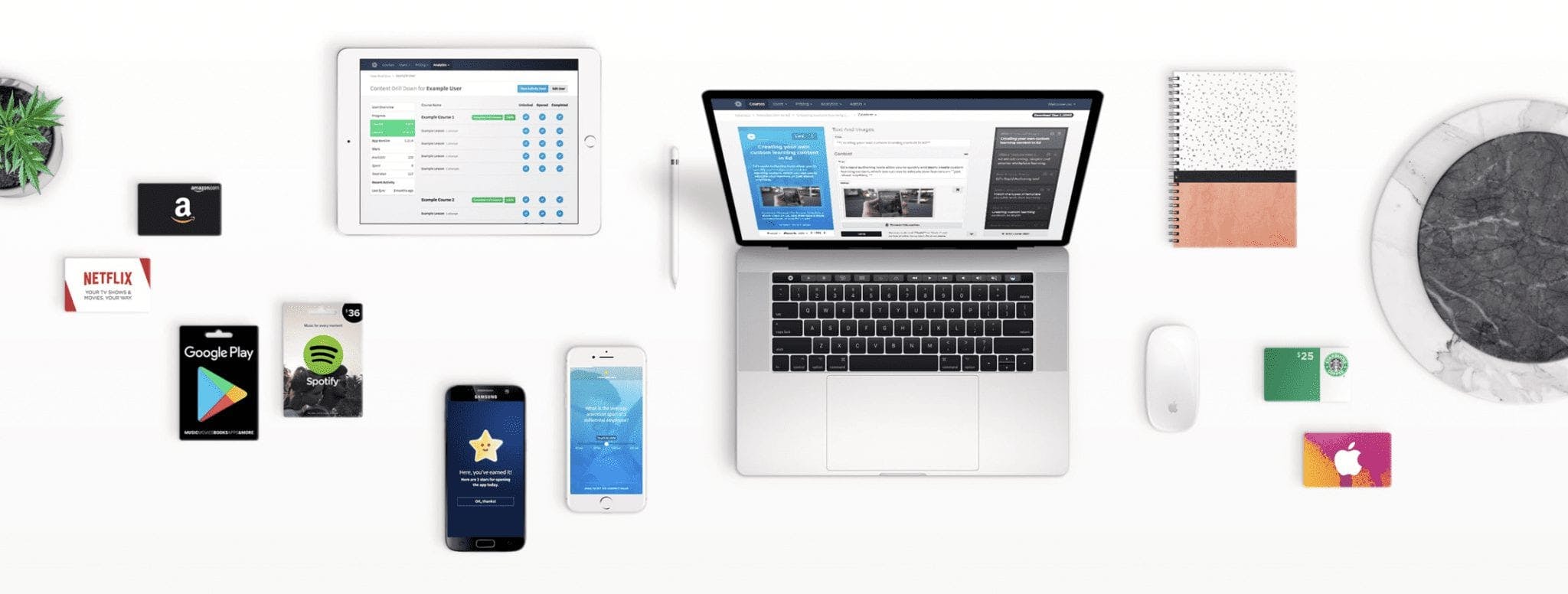Common Mobile Learning Mistakes to Avoid
Published
October 3, 2019
Author
Share

Corporate training was once all about sessions being held in a brick-and-mortar classroom setting. But with the rapid rise of the number of smartphone users, mobile corporate e learning solutions have shifted from being part of the process of playing a pivotal role in corporate training strategy.
This is because most organizations are adopting technology-aided learning to enable their employees to store, create, and deliver innovative ideas at the workplace.
Mobile learning theory
Mobile learning has grown exponentially over the past decade, providing us with a whole new digital world. To effectively learn, we need to be provided our learning via mobile mediums. Having our learning so easily accessible enables learners to indulge in the power of learning constantly.
Digitization has enabled people to own laptops, digital cameras, tablets, smartphones, and hand-held devices. This has provided organizations with a plethora of options to deliver training to their employees to help them attain business objectives.
The primary goal of mobile learning or m-learning is to facilitate learning and improve the employees’ performance of a task.
However, the task is not merely about reducing the dimensions of the output but also understanding the audience and repurposing the content accordingly.
Here are some common mistakes committed by organizations while implementing mLearning:
Focusing on delivery rather than content
Sometimes efforts towards creating an effective mLearning strategy fail because developers focus on how the content is to be delivered rather than how the learner’s device will receive it.
To avoid pitfalls, always remember the following:
- Every device has a different screen size. Ensure the content is designed for the smallest of the screen and can be resized.
- Keep the content simple. Too much content can get boring. Therefore, provide content on what is necessary and keep the images to a minimum.
- Keep media file size to a minimum. Most employees do not want to watch screens that take too much time to load.
Failing to plan a strategy
mLearning can be ineffective if the learning developer fails to come up with a cohesive strategy that considers the business need and how m-learning will fulfil this requirement.
Without a structured plan that considers the target audience, the technological architecture, and the content, the effort is doomed for failure.
To address the issue, answer the following questions:
- What is the goal of the mobile learning solution?
- Is the content suited for mobile learning?
- Which devices will support this solution?
- How will you track the usage of this solution?
- What are the criteria to measure the success of the solution?
- Is the solution scalable in the long run?
Copy-pasting from eLearning
Converting an eLearning course into mobile learning does not mean copy-pasting the content ‘as-is’. The screen dimensions for the laptop and mobile are different. Text, resolutions, and features will also vary due to different device sizes. Therefore, the content needs to be repurposed and provided as tiny chunks of information.
Ignoring the audience
One of the biggest mistakes made by the developer is the failure to consider that learners may get on and off the course anytime. Learners at the airport or the market may be unable to view a video or listen to an audio podcast. The solution is to provide links to audio at relevant locations of the content.
Some questions to understand the audience better:
- Do the learners work in remote locations? Is the audience field staff, or repair technicians?
- Can your learning solution be accessed offline or in places where the internet connectivity is low?
- What type of devices will be used to access this learning solution? How long will it be used?
Let’s now look at some of the best practices while developing courses for mobile learning:
Avoid excessive use of text
Avoid the use of extensive text-based content as behavioral studies have shown that learners tend to skim through the content without paying much attention to the content. Therefore, the recommended practice is to keep the text short and use a few paragraphs for every nugget while key messages can be delivered in a variety of formats.
Deliver key message using multimedia
Different types of content can be delivered using a variety of multimedia to ensure better engagement and to deliver the message effectively. Some of the popular multimedia formats include:
- Videos
- Animations
- Augment reality
- Simulations
Deliver content in bite-size
The basic premise of mLearning is that learners have the time to take up learning, but this is spread over time and in small pieces. So, to make every minute count, structure and deliver the learning content within 3-5 minutes per piece.
If you would like to learn more about how to build the most effective employee training strategy!
If you’d like to know more about how SC Training (formerly EdApp)’s mobile learning platform can help your internal training practices, get in touch at enquiries@edapp.com. You can also try SC Training (formerly EdApp)’s Mobile LMS and authoring tool for free by signing up here.
To read about technology for remote learners, click here https://training.safetyculture.com/blog/technology-for-remote-learners/
Author
Guest Author Daniel Brown
Daniel Brown is a senior technical editor and writer that has worked in the education and technology sectors for two decades. Their background experience includes curriculum development and course book creation.